Green transport and the road to net zero
Transport is the big prize in the race to net zero by 2050 because it remains the UK’s highest-emitting sector, far ahead of agriculture, buildings and energy.
It is the largest contributor to UK domestic greenhouse gas (GHG) emissions, responsible for 27% in 2019 (excluding international shipping and aviation).
That has understandably focussed forensically the minds of government, and in July it published the much-delayed strategy to decarbonise the entire UK transport system with a broad vision of a radically changed environment where the “natural first choice” for people able to do so would be public transport, walking, and cycling.
The Transport Decarbonisation Plan, much delayed, is one of the keystones that needed to be set in the foundation work for the COP26 climate conference in Glasgow in November. It embraces all domestic forms of transport including road, rail, shipping and flights, with international shipping and aviation excluded currently. These two have, however, been included in the Sixth Carbon Budget so will feature heavily in the data and progress in the near future.
Removing GHGs from transport is also crucial if the government has any prospect of delivering on its legally-binding climate targets. Not surprising then that the Transport Decarbonisation Plan included a range of headline-grabbing commitments to bolster the ban on sales of new internal combustion engine cars and vans from 2030.
Road transport
The electrification of passenger and commercial road transport is seen as a key component for a transition to the net zero economy in just 30 years and the government added new focus by banning sales of smaller diesel truck sales by 2035 followed by larger models by 2040.
It aims to lead on this change by electrifying its entire 40,000-strong fleet by 2027 while at the same time launching a consultation exercise on mandating car manufacturers to produce a minimum proportion of zero-emission vehicles, with targets growing year on year. It plans to publish a green paper that will set out a regulatory framework for vehicle manufacturers.
This will also cover fuel efficiency of new internal combustion engine cars, vans and HGVs and how improvements to these vehicles can create new jobs in the sector. The plan re-confirms the introduction of petrol with up to 10% ethanol (E10) blend as standard petrol from September 2021.
Clearly, these bold intentions will need to be fully fleshed out if the government wants to succeed in its green ambitions. It is heartening to see big auto manufacturers getting fully behind the EV revolution, including Nissan, which announced plans to develop an EV hub and battery gigafactory in Sunderland.
At the same time, Stellantis Group – Vauxhall’s parent company – is investing £100 million in converting the UK Astra production line to EV. The purpose-built factory will build pure-electric light commercial vehicles and people carriers.
It is interesting, though, to reflect that there are many manufacturers, particularly at the high-end of the market, that continue to design and plan production of internal combustion engine (ICE) models.
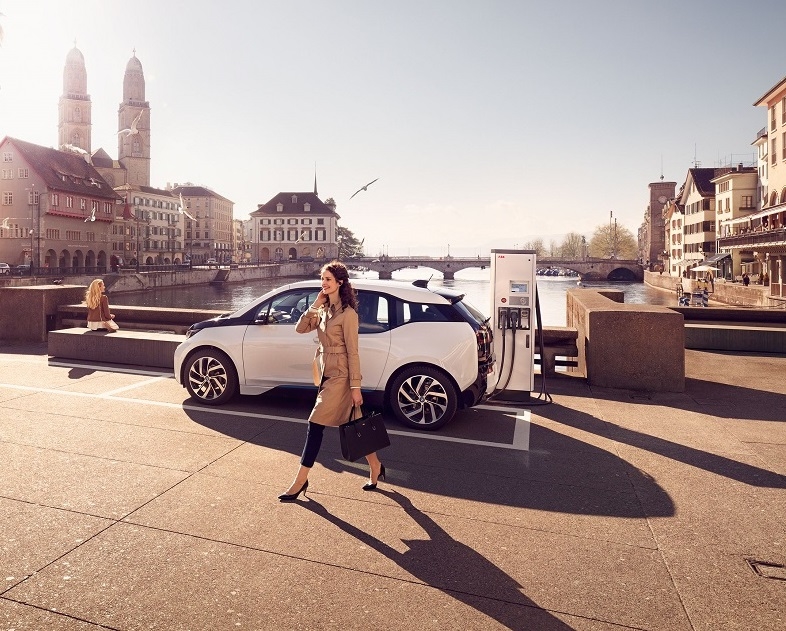
Social changes
It’s also time to acknowledge that the current strategy does not explicitly address the social upheavals that would accompany the decarbonisation of transport. Levelling up through green agendas is a worthwhile aspiration and needs detailed, considerate consultation and planning with all social groups.
As we currently see with the new congestion/pollution charges in London, the more disadvantaged social groups are the ones who are hit harder economically. These groups are the least likely to have the funds to invest in an EV but who rely on their ICE vehicle more heavily for work and essential family support, for example. Grant-aid for these groups might be the only effective solution.
The move to EV is gathering pace across the country, with 130 plug-in models now on the market. Sales of electric, plug-in hybrid, and hybrid vehicles four times higher than sales of diesel models in August, according to the Society of Motor Manufacturers and Traders (SMMT). Plug-in and hybrid models secured a market share of over 30 per cent that month.
Demand for new battery electric (BEV), hybrid (HEV), and plug-in hybrid (PHEV) vehicles grew 32.2%, 45.7%, and 72.1%year-on-year, respectively, even as car registration overall slowed. It’s traditionally a quiet time for the auto market. The BEV market share has grown from 4.9% to 8.4%, while the market share for PHEVs has doubled 6.6% this year.
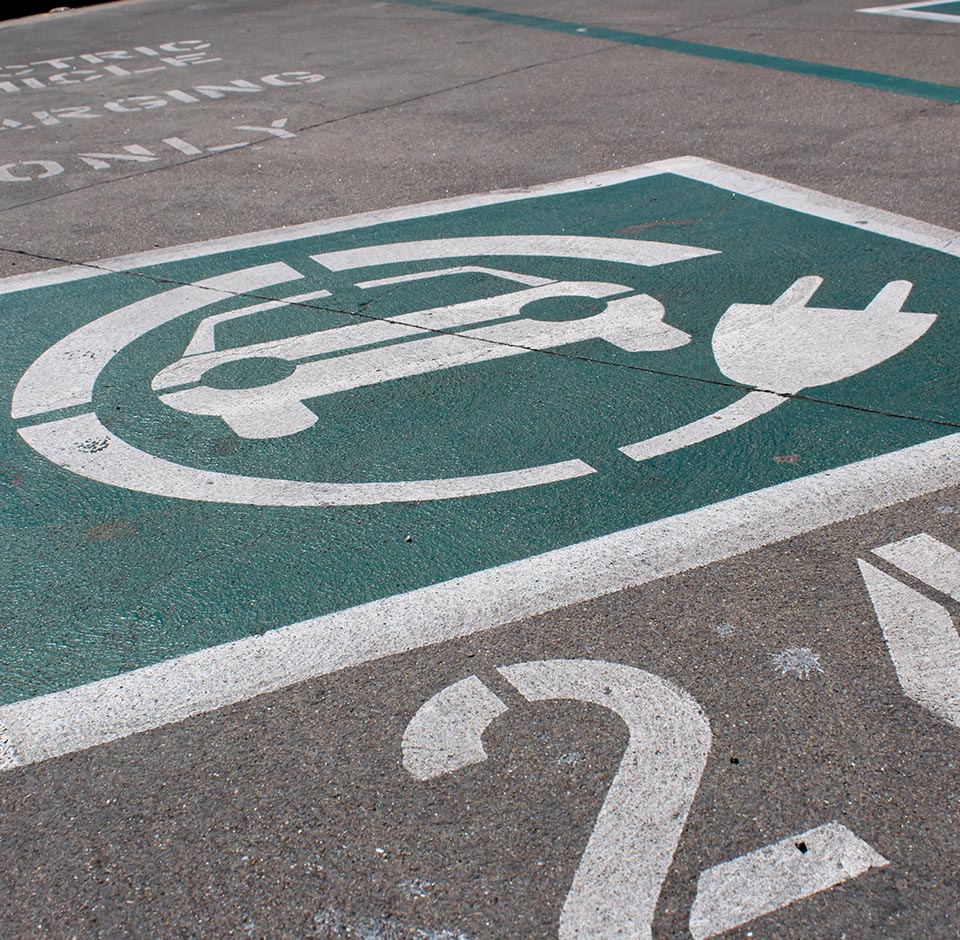
Battery demand challenges
This, though, has brought challenges and the solutions will not be simple. As Zurich UK advises in a recent report, demand for batteries is forecast to reach 14 TWh in 2050 – 90 times higher than last year, with demand for lithium growing 30-fold by 2030 and more than 100 times higher in 2050.
This could be addressed by successful development of new battery technologies along with the full growth of a battery recycling industry.
In the short term, EV production is likely to be constrained by material shortages. Right now, there are delays in EV deliveries caused by the global shortage of semiconductors, as well as lithium.
It’s true that EVs are not the only solution for greening UK transport. Hydrogen fuel cells and the development of a reliable zero-carbon hydrogen supply chain are a priority for long distance commercial transportation. It’s also a fact that while development of hydrogen-power tech for larger vehicles is in the long-term strategies of manufacturers, there seems little appetite to design and build passenger vehicles with this form of power.
This does mean that material constraints will continue to be a significant challenge for auto manufacturers for the next decade at least.
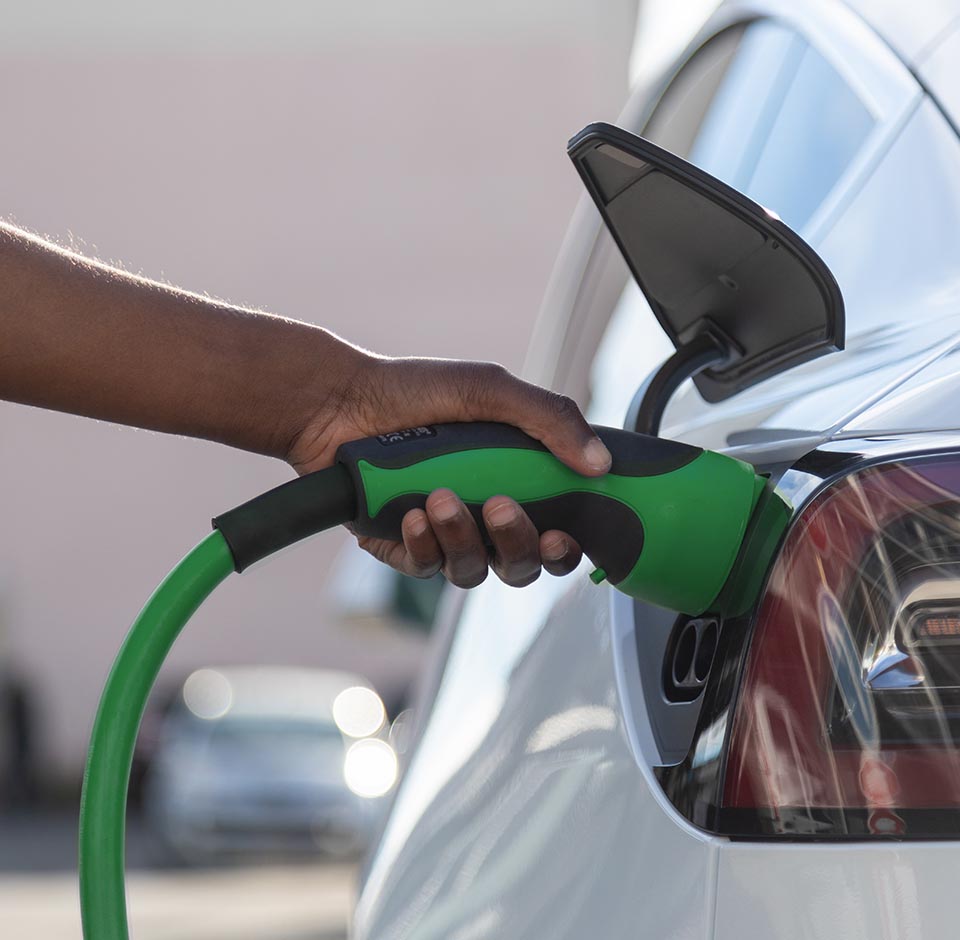
EV charging challenges
With the growth of EV comes further inevitable challenges, which the transport plan seeks to address in some ways but it’s light on some essential detail. There is a big question mark against the need for a national charging infrastructure that will be fit for purpose and sustainable.
The government has a vision for the rapid chargepoint network in England and within 2 years aims to have at least 6 high-powered, open access chargepoints (150–350 kilowatt capable) at motorway service areas, with some larger sites having as many as 10–12. It also plans around 6,000 high powered chargepoints across England’s motorways and major A roads by 2035, through the £950 million Rapid Charging Fund.
Smart energy use is also central to the charging strategy, and the government will bring in regulations this year to ensure the charging infrastructure is smart, with demand steered towards off-peak periods. Short term, this should reduce the need for new electricity generation and network infrastructure development, and take pressure of energy bills at the same time.
Government plans for EV infrastructure are set out in more detail in the 2035 Delivery Plan and an EV infrastructure strategy document is planned for this year that hopefully will put flesh on the transport plan bones.
The current signals are for a mix of public sector and private investment to be developed. The On-Street Residential Scheme supports local authorities in installing EV infrastructure on-street and in public car parks, with £20 million committed for 2021/22. This will be bolstered by a £90 million Local EV Infrastructure Fund that from next year will support the rollout of larger on-street charging schemes and rapid charging hubs across England, meeting a broader range of consumer needs. An EV infrastructure guide for local authorities should be available by the end of this year.
With government support, the market has provided almost 25,000 chargers with more than 4,250 being rapid chargers. It has also helped fund installation of more than 190,000 private chargepoints in homes and business, and plans to invest £1.3 billion over the next four years.
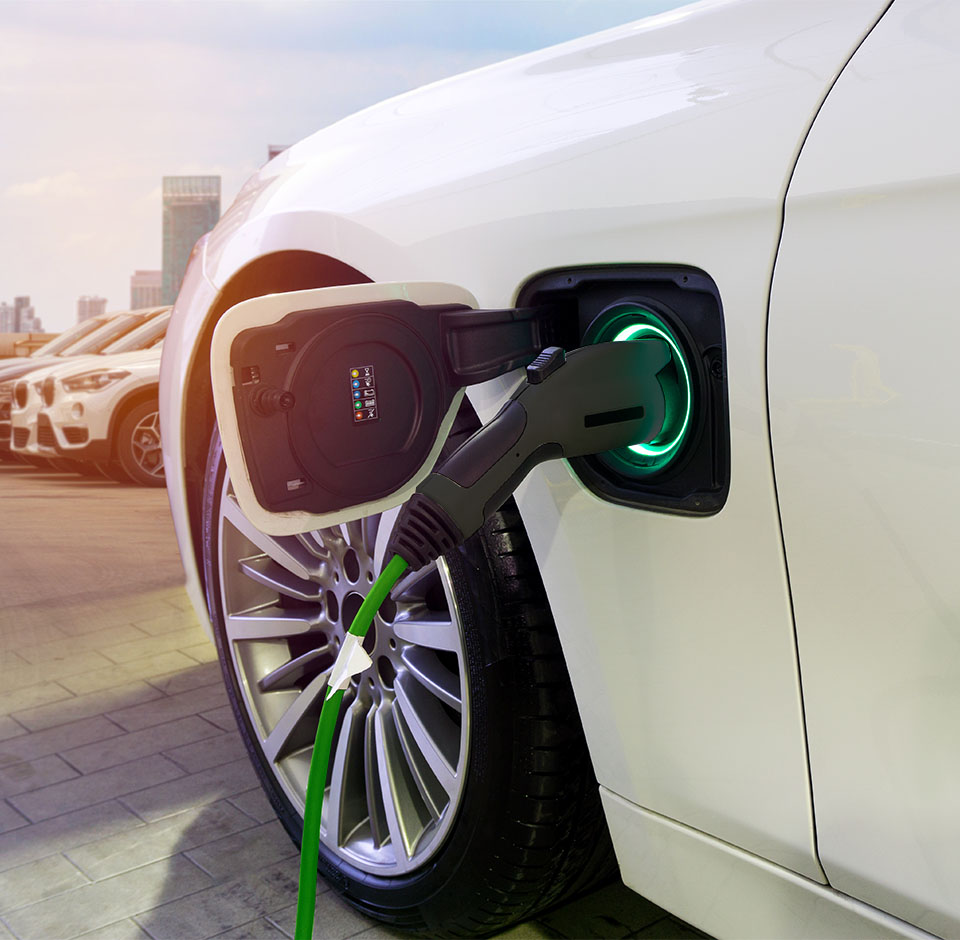
On the buses
Many private bus companies and local authorities have set goals and strategies for electric and hydrogen replacements and the transport plan reiterates the National Bus Strategy target to decarbonise the UK’s bus fleet, including support for 4,000 zero-emission buses as well as the support and charging infrastructure needed.
The Government is also consulting on a phase-out date for sale of buses and coaches that do not meet zero-emission criteria.
Flying green
How to decarbonise the aviation industry presents huge challenges and the government has launched a Jet Zero consultation committing the UK’s aviation sector to achieve net zero emissions by 2050, with domestic flights and airport operations expected to reach that milestone a decade earlier. It is working on an action plan for how aviation can achieve these goals.
In September, a parliamentary research briefing brought the challenges into very sharp focus. It advised that aviation is widely recognised as one of the most carbon-intensive forms of transport and one of the most difficult to decarbonise. It warned: “This means that aviation could well be the largest contributor to UK greenhouse gas emissions by 2050, particularly if demand continues to grow.”
While the transport plan underlines the desire to enable “Britons to continue flying for holidays, family visits, and business without contributing to climate change”, the briefing paper notes that In 2019, domestic and international aviation accounted for around 8% of UK CO2 equivalent transport emissions. Most of the flights were for pleasure, rather than business. Many within the aviation industry expect demand to recover from the Covid crisis, reaching 2019 levels by 2023-24 and to continue to grow.”
New forms of fuel, more efficient aircraft design and modification, and new technologies are all being put into the mix of potential solutions but it is extremely difficult to see how the sector can be greened without substantial behavioural change – far fewer trips, fewer flights.

On the green rails
The government plan has positioned the rail sector as being “a bit further behind in its decarbonisation transition” and currently accounts for 2% of the UK’s total emissions. In 2018, it agreed to phase-out diesel trains by 2040, but more than half of the UK’s rail network is yet to transition over to electric variants. However, the target remains in place with the new plan.
The plan has a vision of “creating a net-zero rail network by 2050”, by utilising “sustained carbon reductions”.
The Department of Transport has recently published a Rail Environment Policy Statement to address decarbonisation, air quality, waste and biodiversity while a rail freight growth target will also be introduced.
The policy statement underlines that the sector is lower carbon than other long-distance transport and is becoming even less carbon intensive as the National Grid decarbonises. In 2019, greenhouse gas emissions from rail made up just 1.4% of the UK’s domestic transport emissions, while 9% of passenger miles travelled in Great Britain were by rail. On average, rail freight trains emit around a quarter of the CO2 equivalent (CO2e) emissions of HGVs, per tonne mile travelled. In 2019/20, carbon emissions per passenger kilometre were at their lowest level since comparable data began in 2011/125.
The statement says: “The rail network plays a vital role in our transport system. It is a fast, safe and reliable way of moving people and goods over long distances, in and around our city centres and internationally. It enables people to get to work, visit friends and family, and do business. It enables the efficient movement of goods from ports, quarries, and distribution centres to urban centres, and helps avoid the need for lorries on roads.”
With this in mind, the question many people are asking is, why are passenger fares so high? The sector has the potential to be a key player in the decarbonisation of transport but currently the pricing structures are unacceptable. Any coherent green strategy would need to resolve this anomaly.
More positively, the development of battery and hydrogen trains will be supported, together with technology that will be used to make diesel trains cleaner until they are fully decommissioned.
On network expansion, there are serious concerns that the flagship HS2 project can fit with the net-zero targets. It was compliant with the 2008 Climate Change Act when first envisaged but with net-zero emissions target now passed into law, it just does not align with the emerging decarbonised landscape being envisaged. Watch this space…
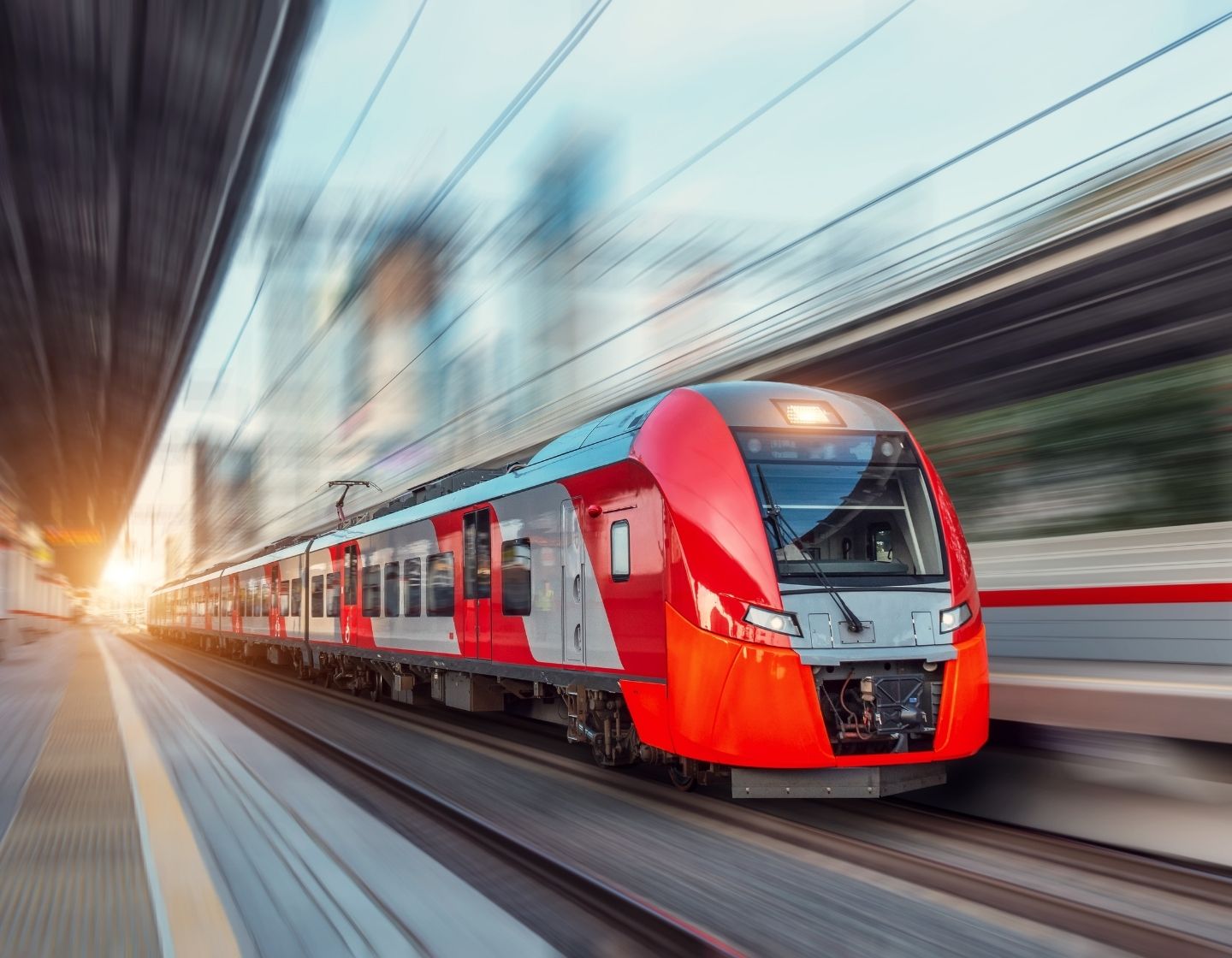
Shipping forecast
The final piece in the transport decarbonisation jigsaw is shipping and the government is currently approaching this with a lighter touch. While shipping is relatively carbon efficient for transporting freight, UK domestic shipping emitted more greenhouse gases than rail and bus transport combined.
The plan sets out commitments for the sector, consulting on ways for ships to “plug into” the decarbonised grid, exploring ways to phase out emissions from vessels, and how to “take advantage of the UK’s strengths in the maritime sector to support growth in green technology and shipbuilding”.
The plan says, “We are firmly committed to achieving net zero in maritime as soon as we can, and there is evidence that the sector may be able to achieve net zero earlier than 2050 with modelling undertaken for the Department for Transport suggesting such a transition may be possible in the 2040s.”
Use of alternative fuel powered vessels running on energy from low or zero emission sources, including ammonia produced from hydrogen created using green electricity or with the use of carbon capture and storage or high-efficiency batteries are seen as key elements in the transition.

Walking the walk
The government underlines its commitment to green transformation by highlighting the plans to invest £2bn in cycling and walking infrastructure throughout the UK, as well as £2.8bn to support industry and motorists to make the switch to cleaner road vehicles.
All the figures quoted add up to a substantial investment promise. But is it enough? Critics point to the £14bn road building programme and the Climate Change Committee advises that to get to net zero by 2050 would cost a “surprisingly low” £1.4tn, offset by savings of £1.1tn, with an overall net cost of £321bn over 30 years.
Who picks up the larger part of this bill is still to be decided but if we have any chance of resetting the climate conditions over the next 50 years, avoiding the worst of the changes currently forecast, then this amount, maybe much more, will need to be found and spent.